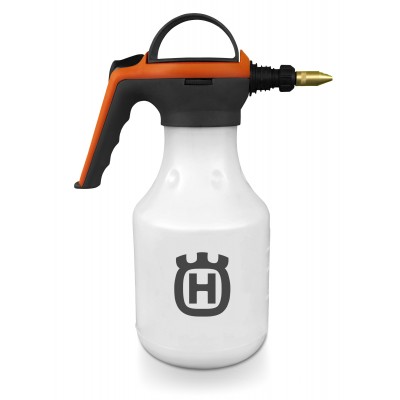Did you know winter is an ideal time to prune many trees and shrubs? Pruning back plants now will benefit your plants and can also help create more light for your lawn to help it thrive throughout winter when sunlight is limited. Here’s a guide to what you should consider pruning during this time:
Skip to: Why should I prune plants back in winter? Where should I cut when pruning plants? How can I reduce the number of times I need to trim hedges? General tips for pruning plants in Winter. What trees and shrubs can I prune in winter? What trees and shrubs should I avoid pruning in winter? What height should I mow my lawn in winter?
Why Can Pruning Back Trees and Shrubs Be Beneficial for Lawns?
When lawns receive plenty of sun, they absorb more sunlight through photosynthesis and grow faster than shaded areas. If you have any overhanging trees or shrubs on your lawn, pruning these back now will help your lawn further when sunlight is already limited throughout winter.
Why Should I Prune Back My Plants?
Pruning back your trees and shrubs will help promote new growth, improve the shape of your plants, and improve their overall health. An added advantage of pruning deciduous trees now is that the foliage should have mostly fallen off, making it easier to complete.
Where Should I Cut When Pruning?
When pruning, it is best to make your cut just above the node on the plant. The node of the plant is where the stalk of each leaf joins the stem. When a plant is cut just above this, the plant will be able to grow new shoots.
How Can I Help Reduce the Number of Times I Need to Trim Hedges?
Did you know that there are now growth regulators that you can use to help reduce hedge growth by up to 70%? Trimmit works by reducing the internode lengths of new shoots and causes earlier formation of terminal buds. This helps reduce green waste, improves plant drought tolerance and colour. Trimmit is best used in early spring, after the plant has received a trim.

General Tips for Winter Pruning
- Inspect the plant: Look for dead, diseased, or damaged branches and remove them.
- Use clean, sharp tools: Make clean cuts to reduce the risk of infection.
- Make proper cuts: Cut just above a bud facing the direction you want new growth to go or just outside the branch collar for larger branches.
- Consider the plant’s growth cycle: Ensure you are pruning at a time that won’t disrupt the plant’s natural growth and flowering cycle.
Trees and Shrubs to Prune in Winter
Deciduous Trees and Shrubs
Winter is an ideal time for pruning deciduous trees and shrubs because they are dormant, making it easier to see their structure and prune effectively:
Fruit Trees:
- Apples and Pears: Prune to maintain shape and remove old, non-productive wood.
- Stone Fruits: Prune to open up the centre and remove inward-growing branches.
Roses: Winter pruning encourages strong growth and more blooms. Remove old canes and shape the bush.
Ash: Prune to remove dead or diseased branches and to shape the tree.
Hydrangeas: Prune in winter for flowers throughout summer and autumn.
Evergreen Hedges and Shrubs (Light Pruning)
While heavy pruning is not recommended, light pruning can be done to maintain shape:
- Boxwood (Buxus species) in late winter, early spring.
- Privet (Ligustrum species)
Trees and Shrubs to Avoid Pruning in Winter
Evergreen Shrubs and Trees
These plants should generally be pruned after their flowering period or during the growing season to avoid frost damage and to preserve blooms:
- Camellias: Prune after flowering to avoid removing flower buds.
- Azaleas: Prune after they finish blooming in spring or early summer.
- Gardenias: Prune after flowering to avoid frost damage and to preserve blooms.
Native Australian Plants
These plants often have specific growth and flowering cycles, so avoid pruning them in winter:
- Grevilleas: Prune from spring to late summer.
- Banksias: Prune after flowering to avoid removing flower spikes.
- Callistemons (Bottlebrushes): Prune after their flowering period.
Fruit Trees
These frost-sensitive plants should be pruned in late winter or early spring:
- Citrus Trees: Prune in late winter or early spring to prevent frost damage.
- Avocado Trees: Prune in mid spring when there are no more frosts.
- Passionfruit Vines: Prune in late winter or early spring to maximize fruit yield.
Ideal Mowing Heights for Lawns in Winter
Did you know that during the cooler months of the year, it is ideal to raise your mowing height up by a notch or two? This helps allow for the grass to have more leaf to absorb more sunlight to photosynthesize and grow. Raising the lawns height will also help the grass better block out weeds from infiltrating. For more information on what height you should mow your lawn, check out our page here.
For more lawn care tips and advice, make sure you check out our other blogs here.


